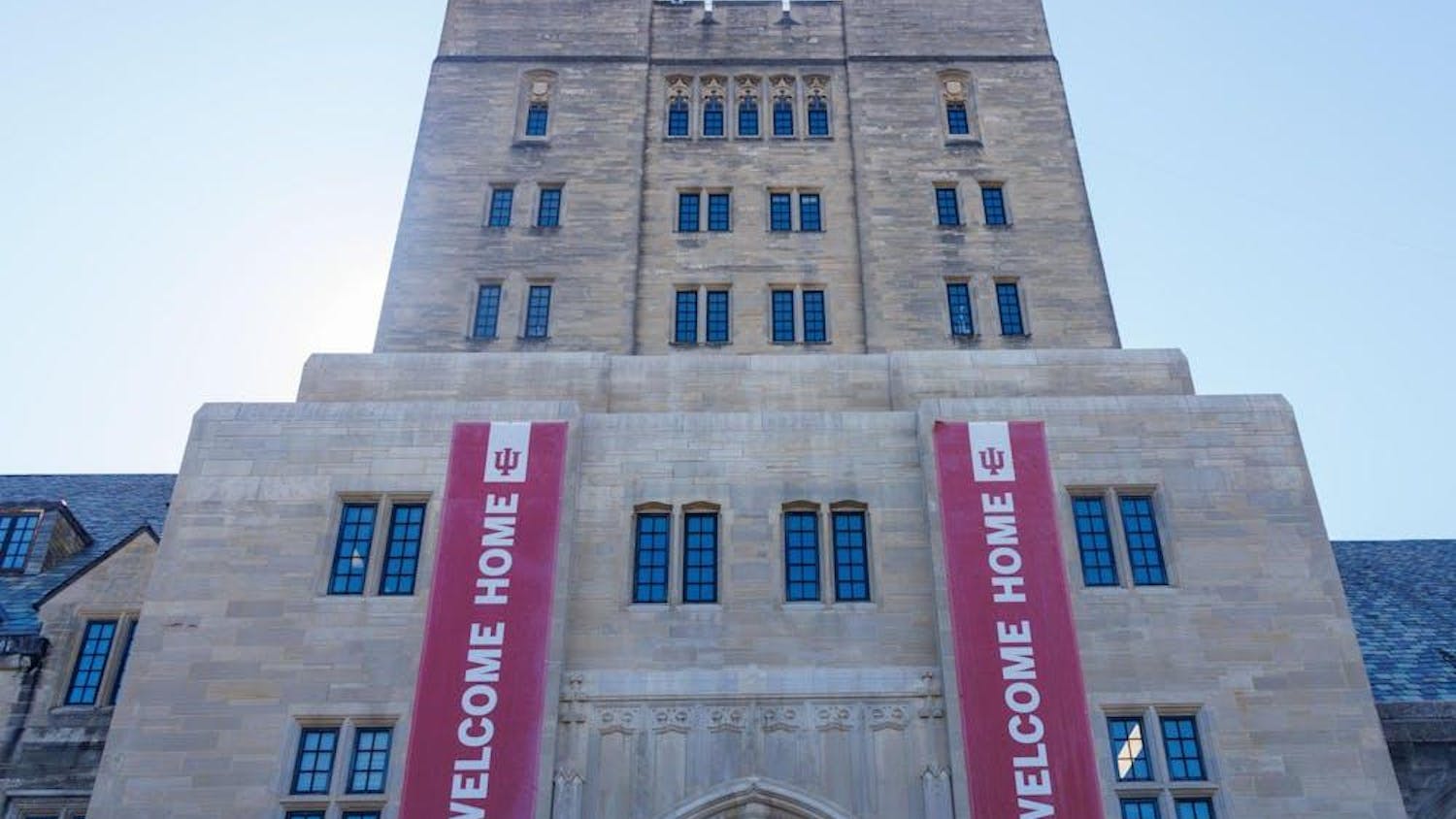By now you must have heard about gravitational waves. The discovery of them was possibly the biggest scientific breakthrough of the year. It finally confirmed Einstein’s theory of relativity 100 years after he proposed it.
Now that we know they exist, scientists want to use them to study otherwise invisible celestial processes.
Currently researchers use ground-based detectors to study gravitational waves, but these detectors come with some huge drawbacks. Ground-based detectors are subject to interference from vibrations. Everything from passing cars to seismic activity can screw with the detector’s readings.
This is why scientists hope to launch a space-based gravitational wave detector soon.
Much like how the Hubble Telescope is better at seeing light in the universe by avoiding interference from the atmosphere, a gravitational wave detector in orbit would be better at “hearing” the gravitational waves from the universe by avoiding interference from activity on the ground and within the earth.
The European Space Agency has plans to launch a massive gravitational wave observatory into orbit. This observatory would be launched in 2034 and would cost about 1 billion dollars.
It would consist of three spacecrafts locked in orbit around Earth but millions of miles apart. These spacecraft would then bounce lasers off each other to measure with sub-atomic precision the distances between them. As gravitational waves pass through Earth, these distances fluctuate ever so slightly and the lasers would record the fluctuations.
The massive distance between the spacecraft allows for this space-based observatory to pick up low-frequency gravitational waves that our current ground-based detectors can’t detect. Low-frequency gravitational waves are caused by some of the largest events in our universe, such as collisions of galaxies and supermassive black holes.
Until recently, a device such as this was nothing more than a physicist’s pipe dream, but a smaller-scale experiment — known as the LISA Pathfinder — proved last month it could work. The LISA mission sought to see if the relative position of two objects in orbit could be measured to the picometer — 0.00001 the width of a typical human hair.
To test this they put two metal cubes — one of gold and one of platinum — on a spacecraft and launched it into orbit. The spacecraft then measured the relative position of the cubes using specialized lasers.
In order to achieve the desired sensitivity, researchers placed the metal cubes inside high-tech housing that uses a variety of gadgets to shield from all outside forces except gravity. The device worked even better than the researchers had hoped, proving a laser-based gravitational wave observatory could work in orbit.
The European Space Agency committed to fund the large-scale project in 2013, years before gravitational waves were detected on the surface of Earth. Many were skeptical of the project’s large scale and almost scientific-fiction nature, but recent successes have got many scientists feeling optimistic about the endeavor.





